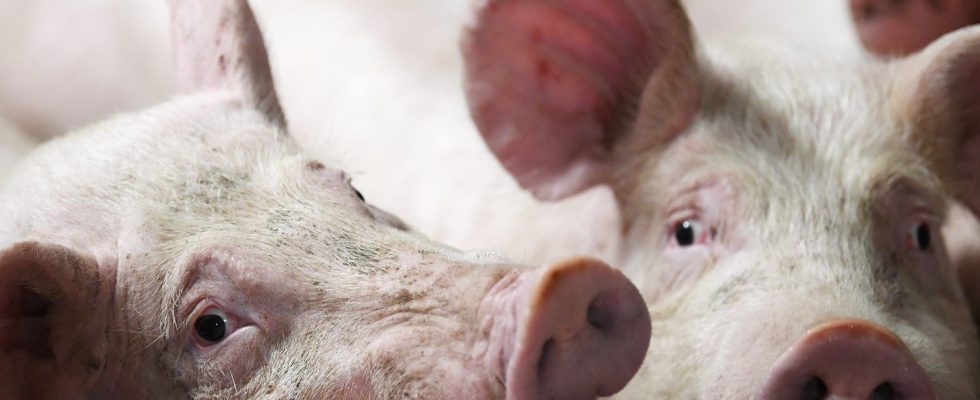The European Court of Auditors recommends favoring the transport of meat rather than live animals. The idea is to give a monetary value to animal suffering, to integrate it into the cost of transport and ultimately into the price of meat.
European legislators will carefully read the report ofe the European Court of Auditors (ECA) cdedicated to the transport of farm animals, published on Monday 17 April. This fall, they must refresh all the animal welfare regulations, which date from almost 20 years ago.
First, the observation: to feed us, 1.6 billion animals (mainly poultry and pigs) are transported each year between the European Union and third countries. These moves primarily respond to a logic of profitability and economies of scale. More and more animals are being transported, over ever longer distances. Which leads to stress and suffering, hunger, thirst, heat. France, for example, sends its calves by truck to Spain where they are fattened before being re-exported by boat (in sometimes very questionable conditions) to Turkey or Israel to be slaughtered there.
No journeys longer than eight hours
For this to change, the Court of Auditors recommends avoiding journeys of more than eight hours, using local slaughterhouses and promoting the transport of meat rather than live animals. Whereas today it is often more profitable to transport live animals. The question of their well-being has been taken into account in breeding, but it is not at all in transport. Another solution would indeed be to “assigning a monetary value to animal suffering during transport, [de] integrate it into the cost of transport and ultimately into the price of the meat”.
For now, it’s still a concept. Pricing animal suffering: we have never done so. Word “tax” is not yet pronounced. The Swedish Eva Lindström, auditor of the Court, is nevertheless absolutely convinced. She recalls, moreover, that consumers are already ready to pay more if they are better informed of the farming conditions. This has been shown by several surveys by the European Commission. Today the the only regulation in this area concerns eggs, with a code on the shell to know if the hen was raised in a cage, on the ground, in the open air or organically. For the meat, it would also be necessary to know how it was transported to the slaughterhouse. Finally, there is a risk of water flowing under the bridge before “animal suffering” is taken into account in the final bill for your slice of veal or your chicken fillets. At this stage, there is no consensus between States.
